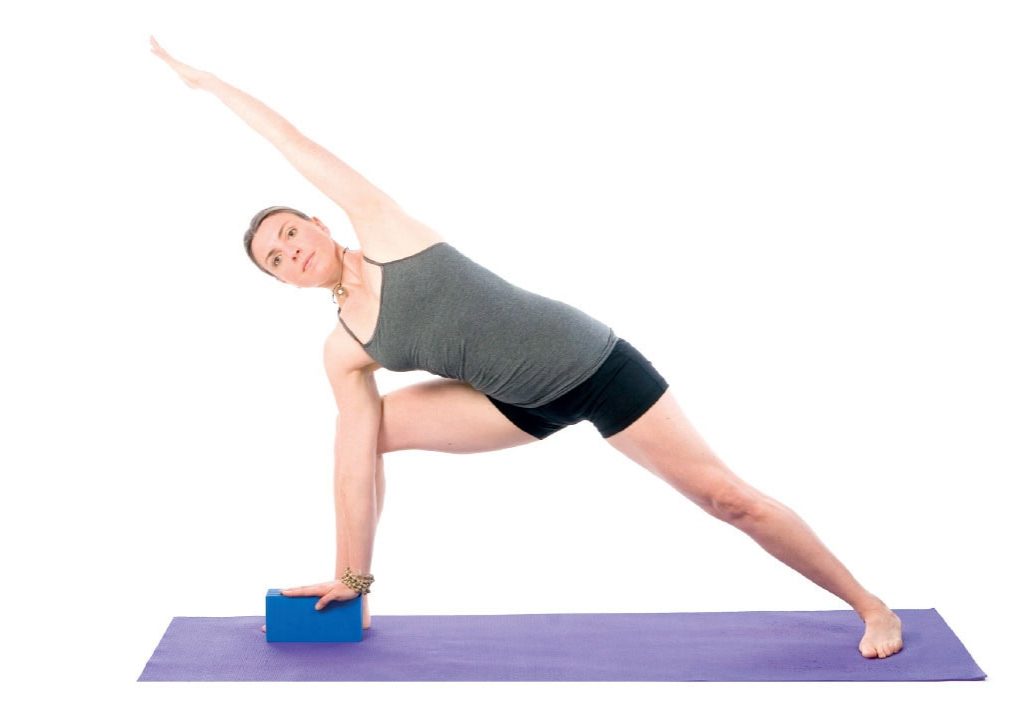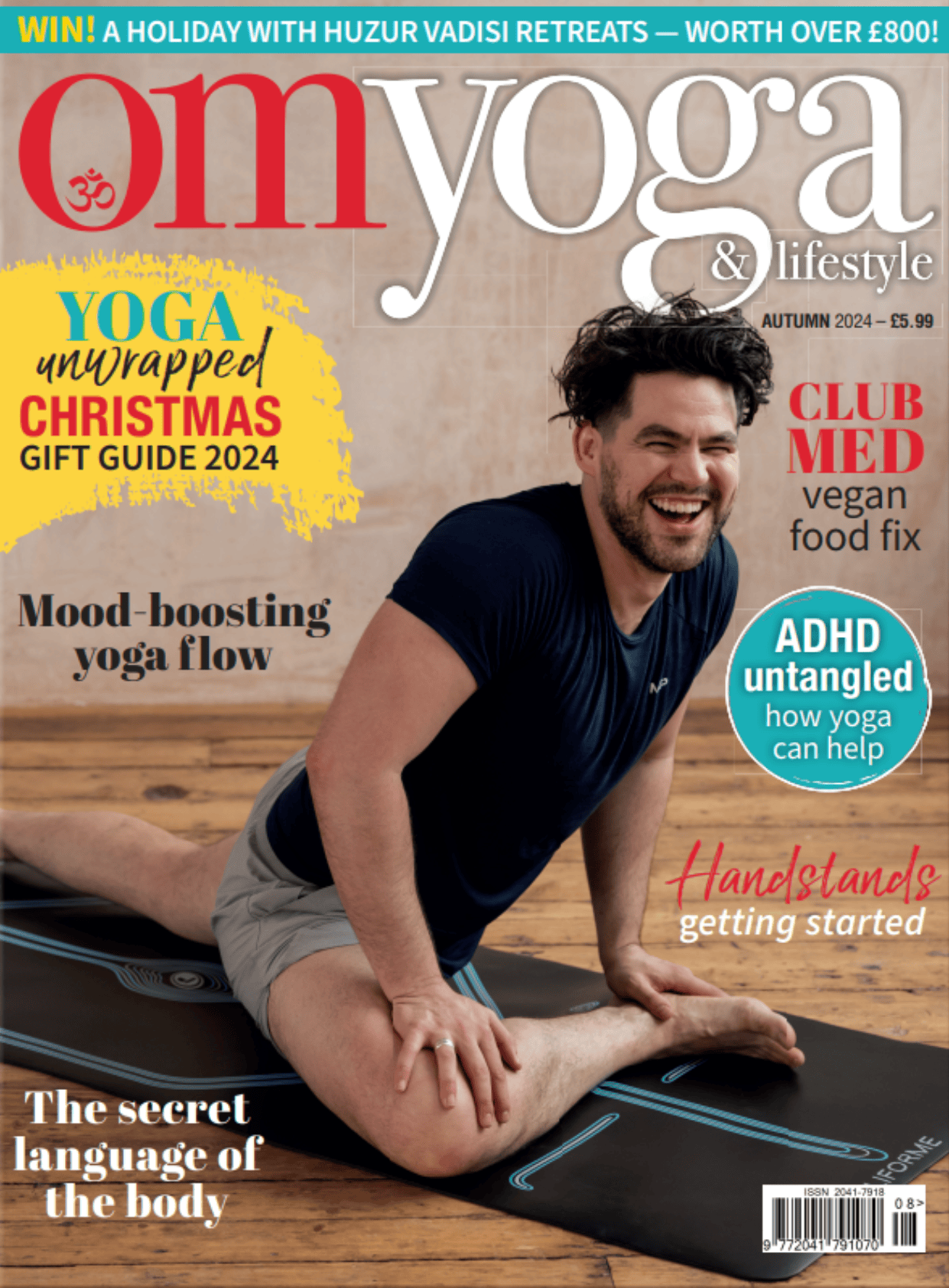
Second Spring
Yoga can help us thrive, not just survive, on the menopause journey.
By Sally Parkes
Reading time: XX minutes
There's now much discussion around menopause and peri-menopause, the process of which can last up to 10 years. This journey is due to the decline of oestrogen production, and has a host of symptoms from body temperature dysregulation, changes in mental state, joint pain, IBS, bladder dysfunction, and changes in sleep patterns to name a few. However, as yogis, we know that yoga and its philosophy can help us through all of life changes on some level, and menopause or our ‘Second Spring’, is no different. Yoga can help us to accept what we cannot change, while giving us tools to manage mental and physical changes when they happen. Moreover, the mindset we attain through meditative practices, the physical strength and flexibility we create through yoga asana, and the management of the nervous system that we enjoy via pranayama, are all invaluable benefits of a consistent yoga practice and can help manage menopausal symptoms too.
We know that restorative yoga asana such as Reclined Cobblers Pose, Legs Up the Wall Pose and Seated Forward Bend are effective at calming and cooling the mind and body during menopause and the lead up to it, but it is worth considering the inclusion of the more energetic asana too. Strong yoga postures that use long levers are of course heating, which may feel initially counterintuitive, but when the body generates heat as a result of the muscle contraction, the body releases sweat to cool itself down. This allows heat to release from the body via perspiration, as well as stress hormones which are also released during the sweating process, cortisol being one of them. So, by sweating we release stress, allowing the sympathetic nervous system to be more at ease post-yoga workout.
Furthermore, working through a set of strong asana not only increases metabolism by working the whole skeletal system, but also increases bone density. And as bone density can sharply decrease post menopause — studies show a 20% decrease in some women within five to seven years of being post-menopausal (ref: endocrine.org) — any movement that can increase density is invaluable.
This increase in bone density happens when we practice body weight training of any kind, as this places stress on the body in the form of ‘load’, in the case of Plank position for example, the load is a result of gravity and body weight combined. This results in the skeletal muscles and connective tissue having to contract more intensely to maintain the physical position than if we were in, say, a Seated Forward Bend.
This is because in the latter, we are supported by the ground and so gravity takes over as we ‘relax’ into the asana. This results in less muscle contraction; hence the result of this particular asana is increased flexibility. In High Plank position though, we hold ourselves up against gravity and have little of the body in contact with the ground, so all the skeletal muscle groups need to contract isometrically (statically) to maintain the position. This places pressure on the bones, which stimulates the bone to produce more bone tissue, increasing density. Try putting these yoga postures in your practice regularly, holding for up to 10 breaths for maximum effect: Warrior 1, Warrior 2, Side Angle Pose, Triangle, Eagle Pose, Crescent Lunge, Revolved Runners Lunge, Dancers Pose, Eagle Pose, Tree Pose, Downward Facing




